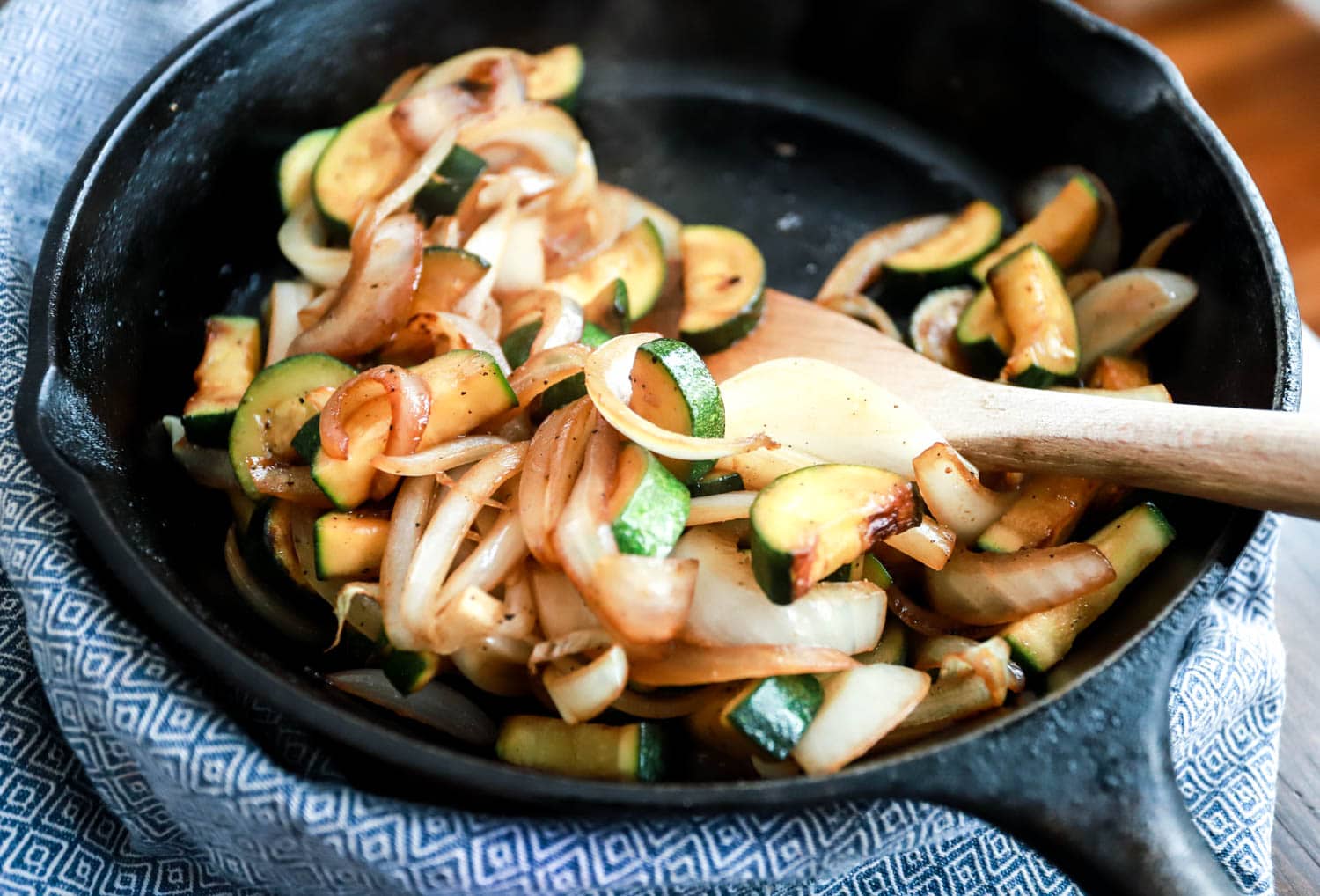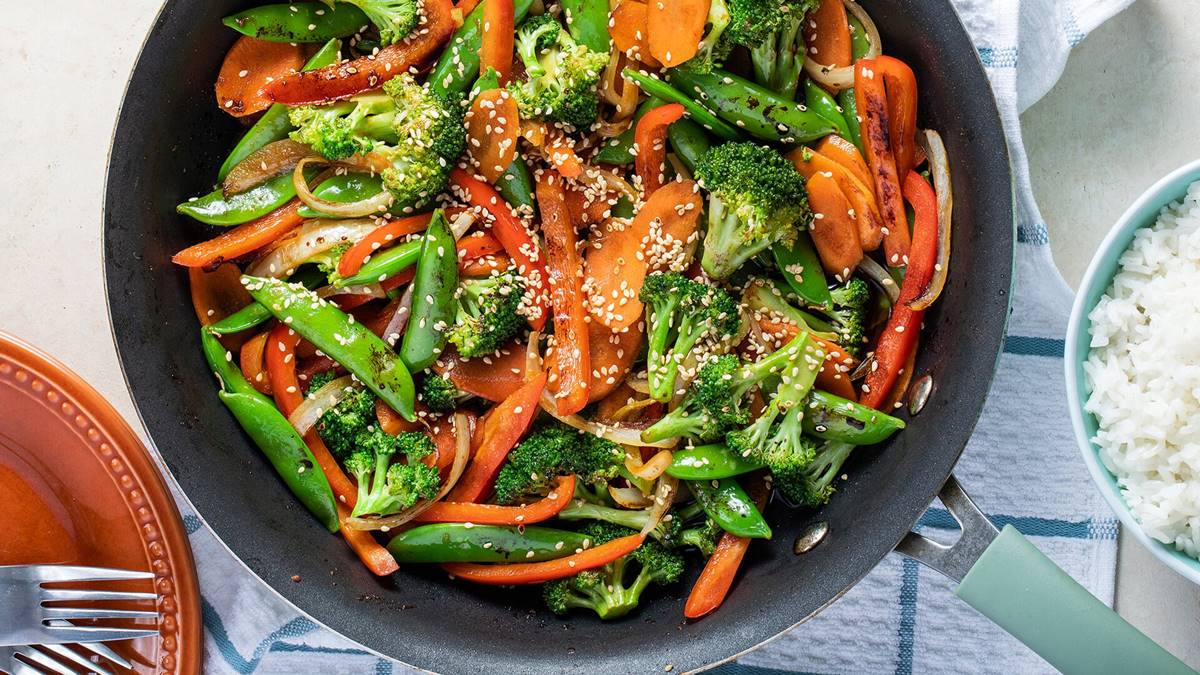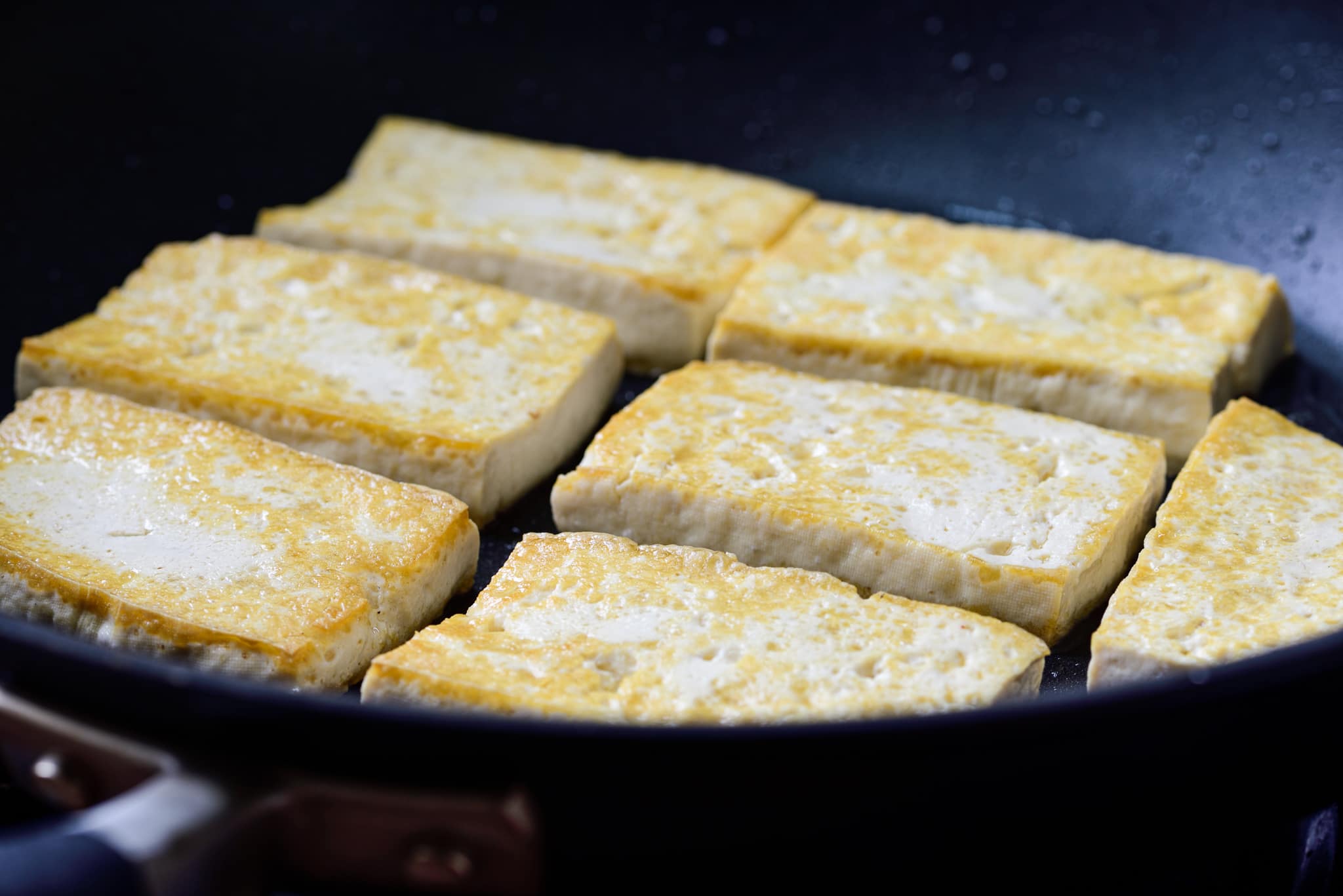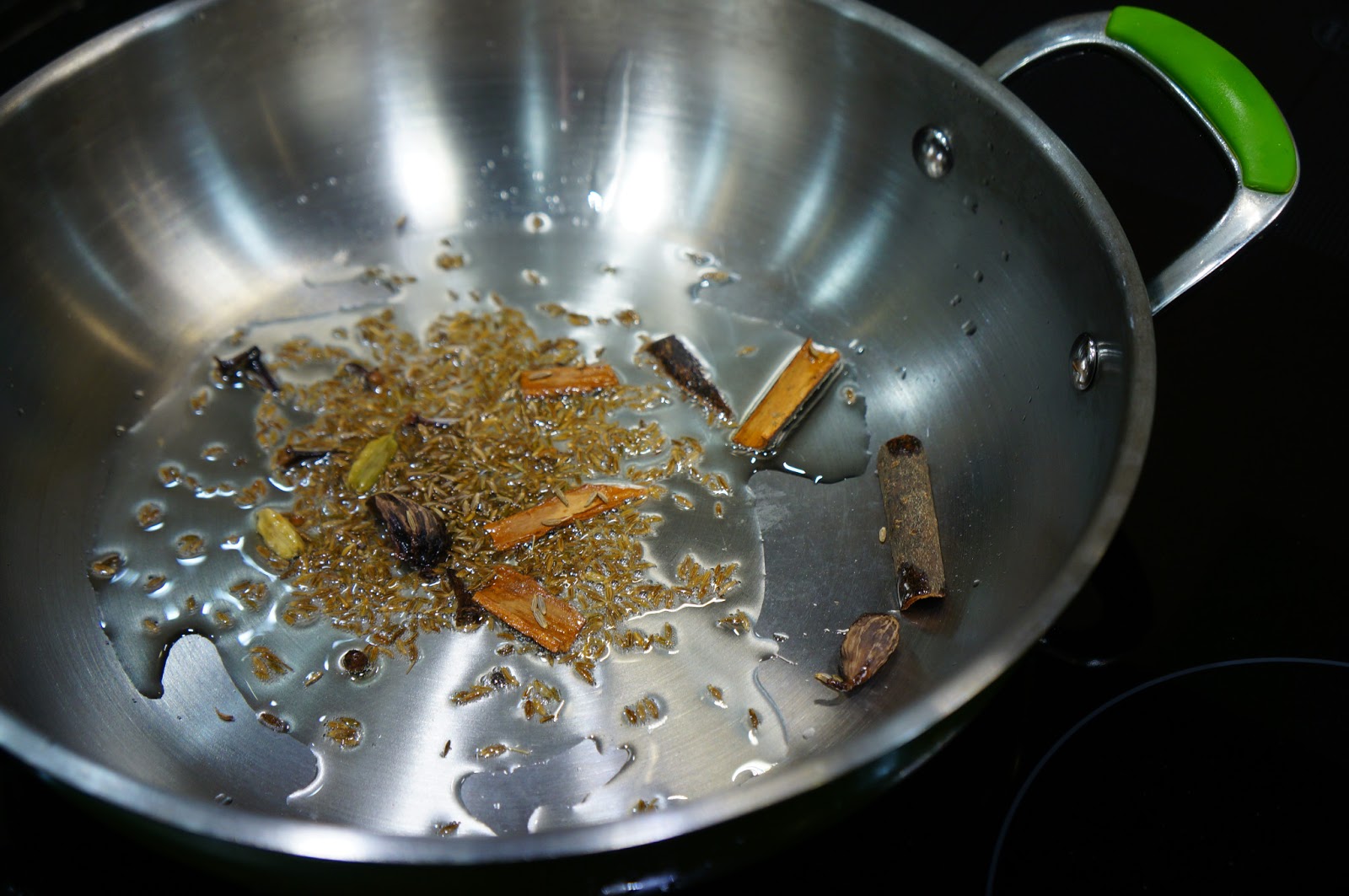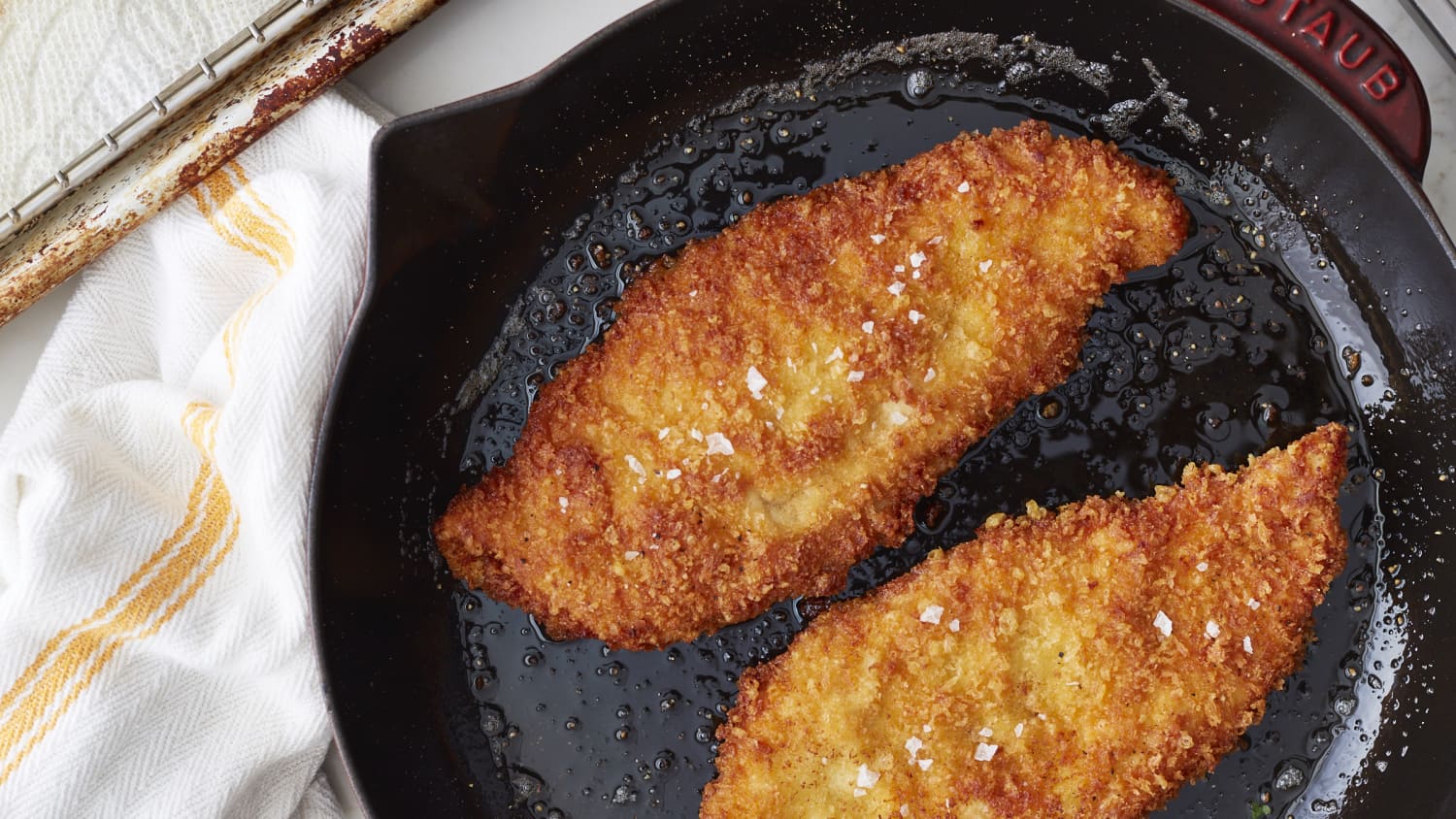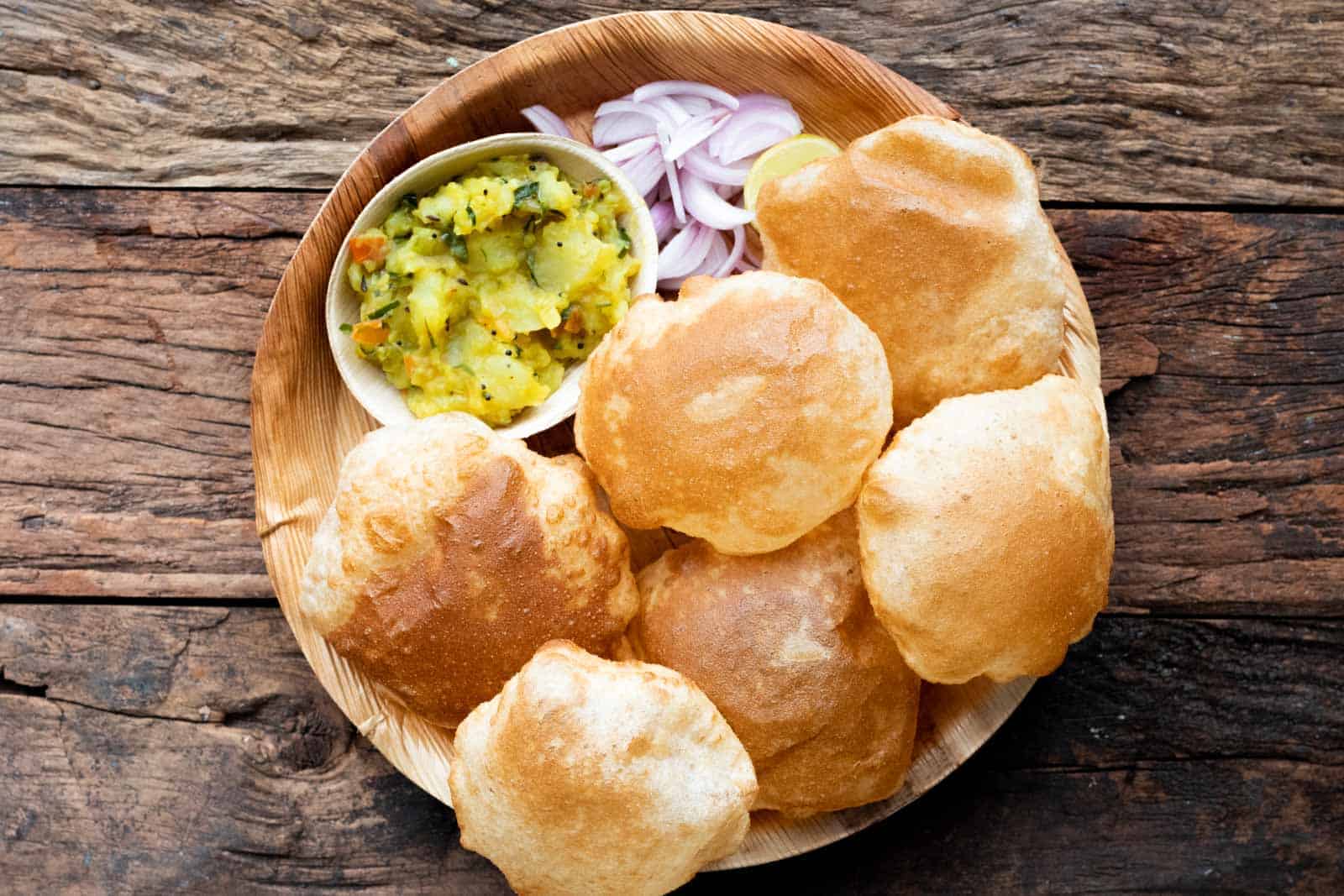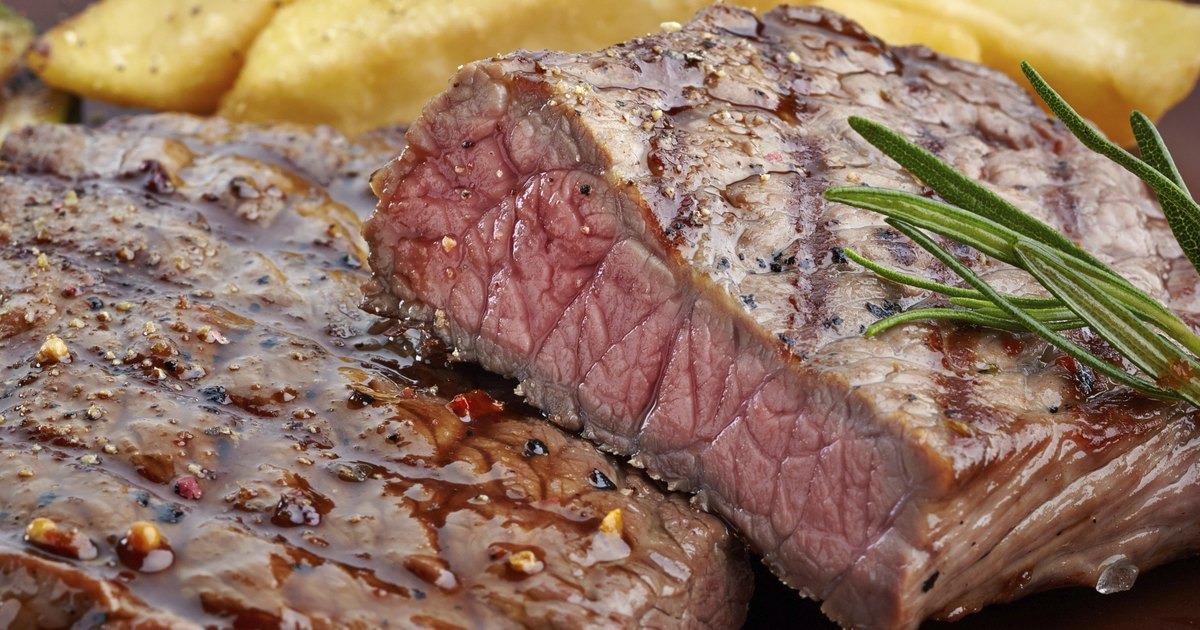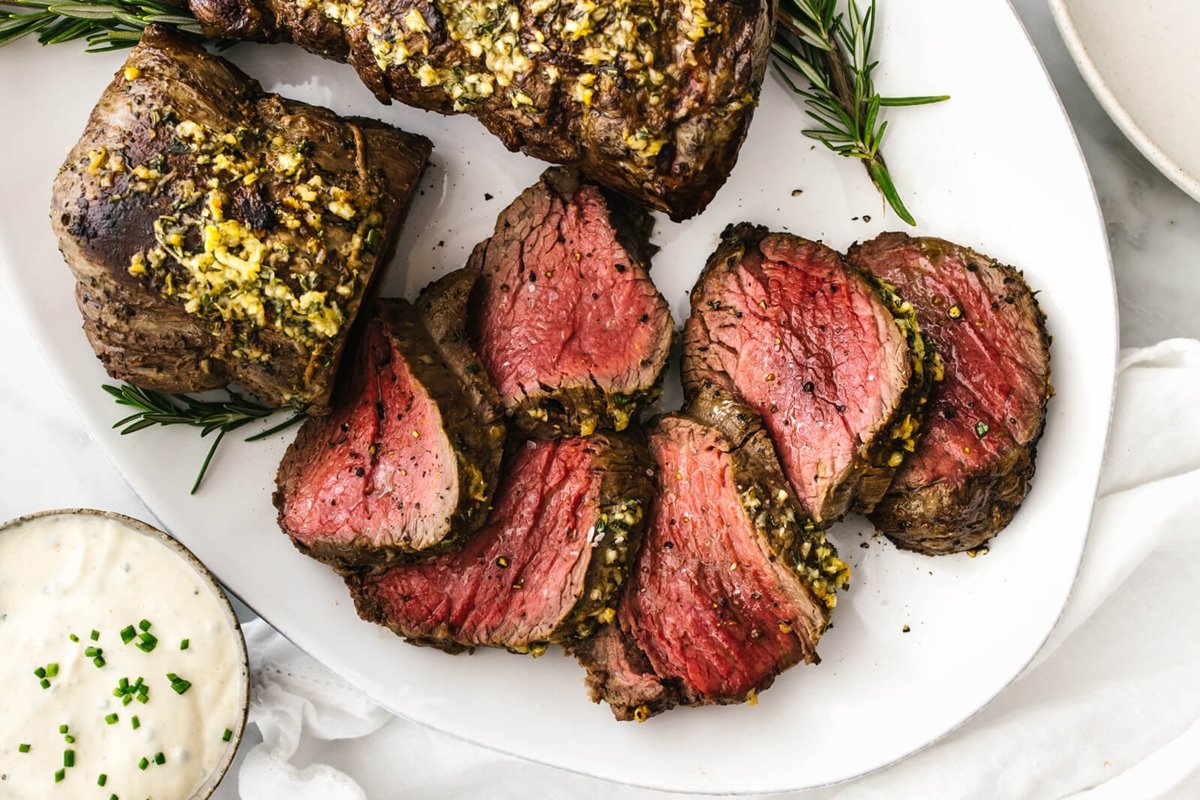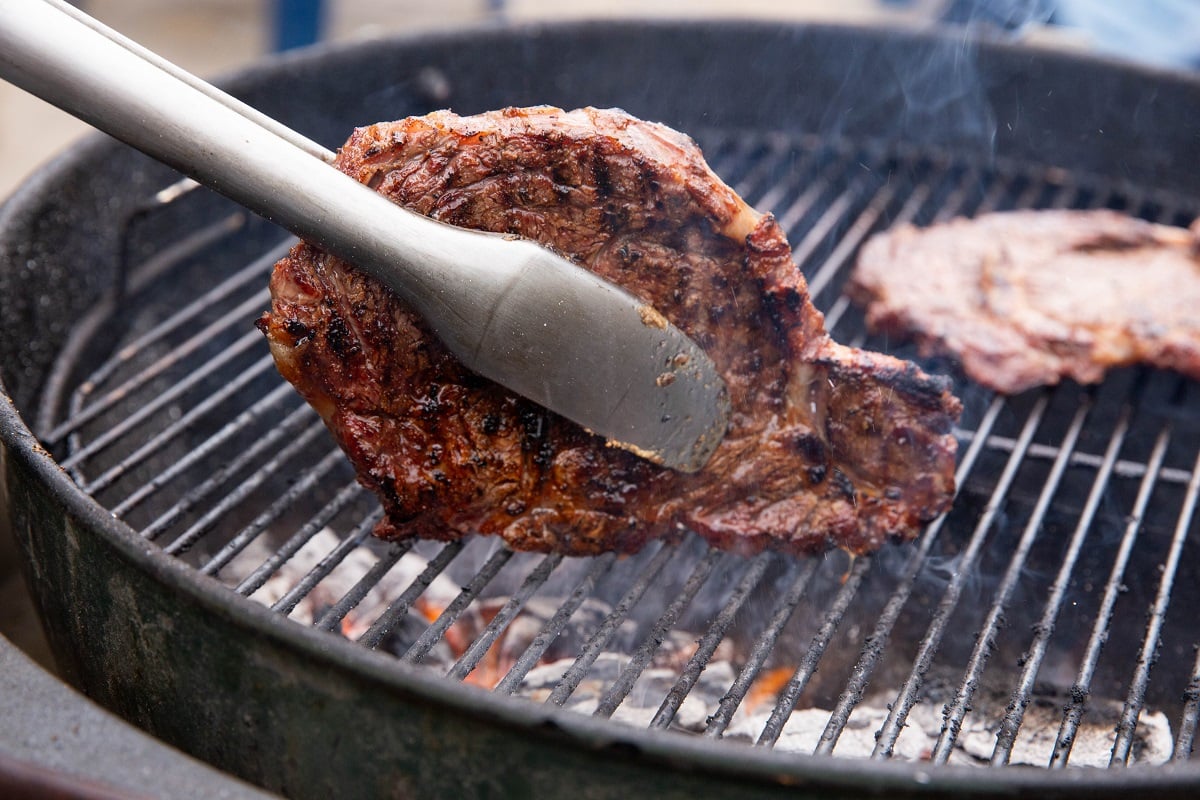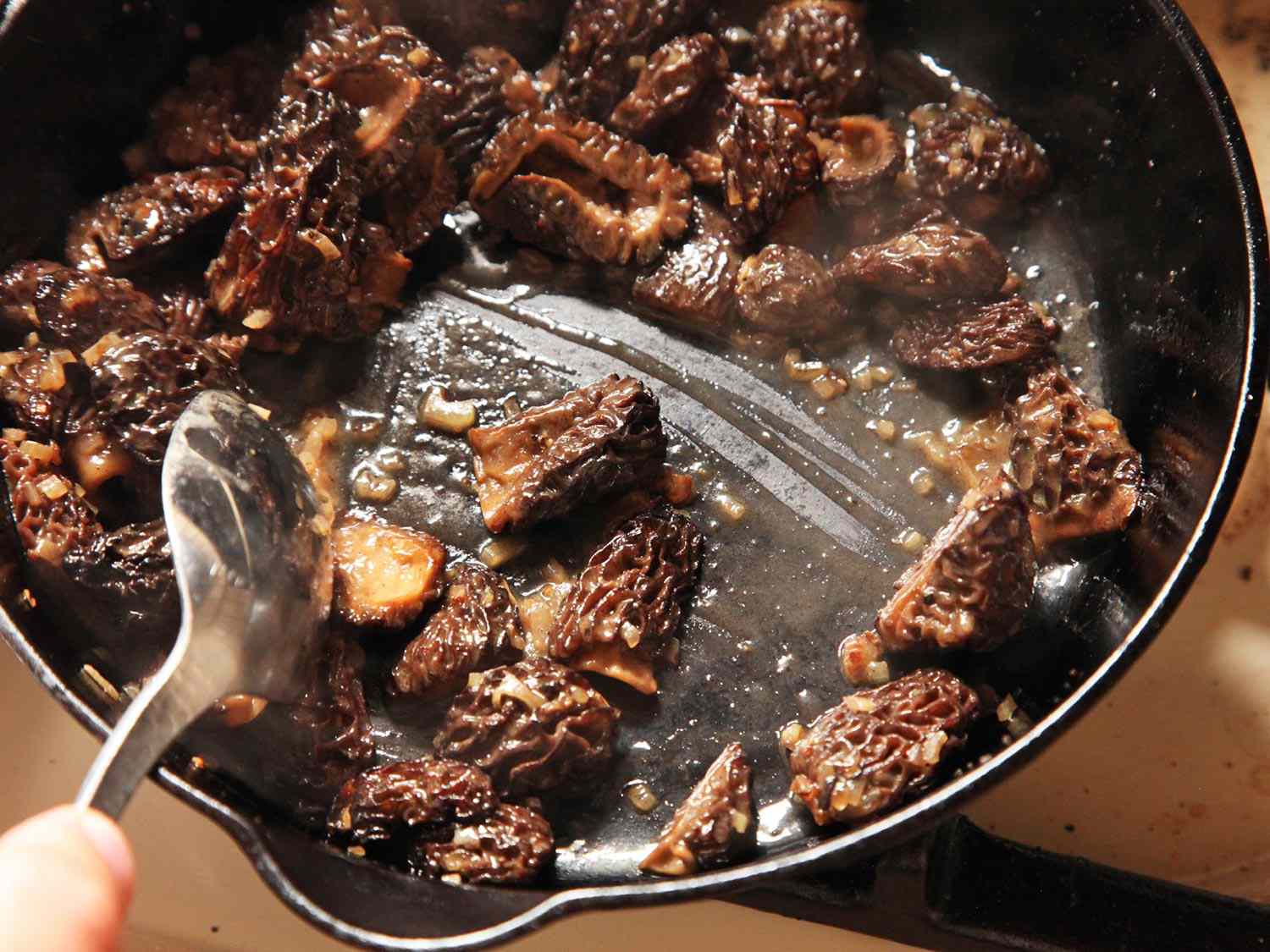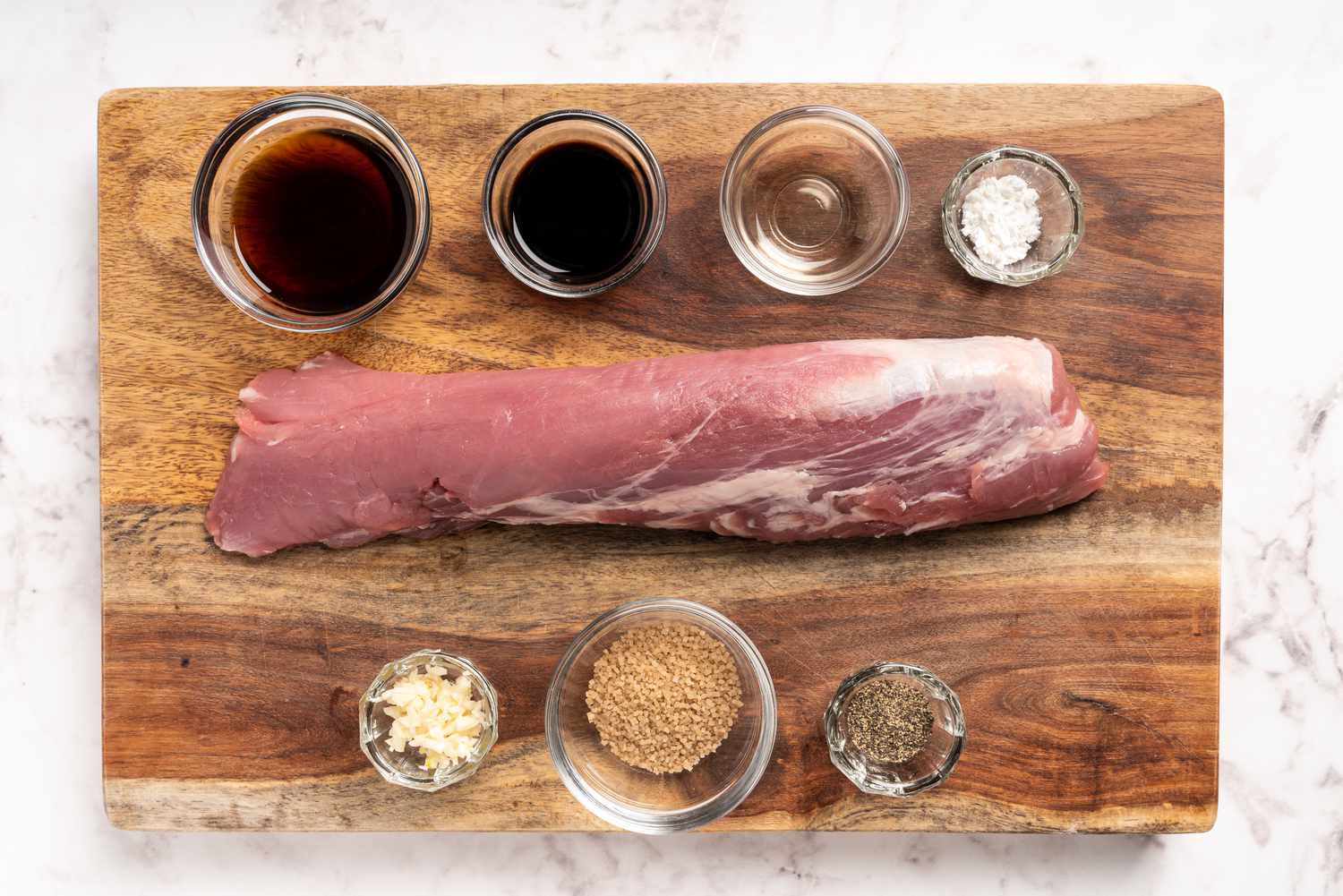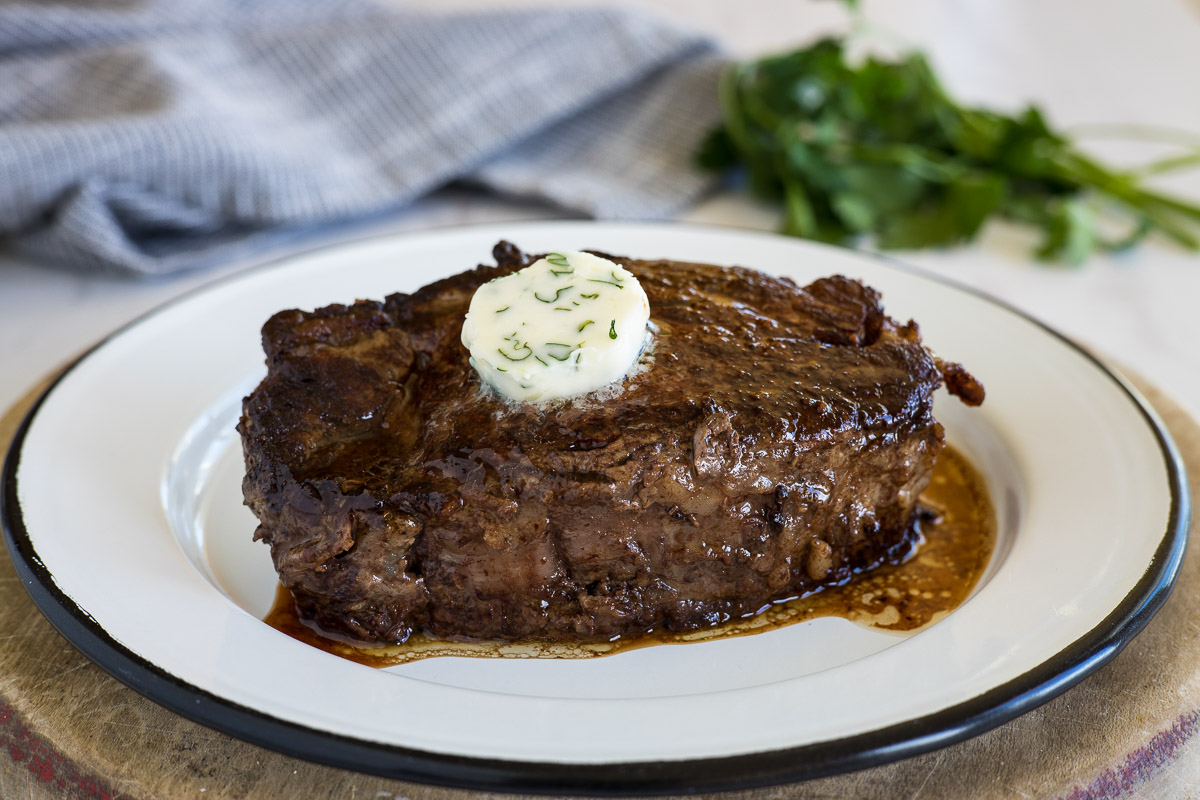Stir fry is a quick, delicious way to prepare meals packed with flavor and nutrients. Mastering this technique can transform simple ingredients into a delightful dish. The key lies in high heat, fresh ingredients, and constant movement. Choosing the right oil, cutting vegetables uniformly, and timing the addition of each component are crucial steps. Whether you're using chicken, beef, shrimp, or tofu, understanding how to balance flavors and textures will elevate your stir fry game. Ready to learn the secrets behind perfect stir fry? Let's dive into the essential tips and tricks that will make your stir fry sizzle.
Essential Ingredients for a Perfect Stir Fry
Perfecting Your Stir Fry Technique
-
Vegetables:
- 1 cup broccoli florets
- 1 red bell pepper, sliced
- 1 carrot, julienned
- 1 cup snap peas
- 1 small onion, thinly sliced
- 2 cloves garlic, minced
- 1-inch piece ginger, grated
-
Protein:
- 1 lb chicken breast, thinly sliced (or tofu, shrimp, beef)
-
Sauce:
- 1/4 cup soy sauce
- 2 tbsp oyster sauce
- 1 tbsp hoisin sauce
- 1 tbsp rice vinegar
- 1 tbsp cornstarch mixed with 2 tbsp water
-
Oil and Seasonings:
- 2 tbsp vegetable oil
- 1 tsp sesame oil
- 1/2 tsp red pepper flakes (optional)
- Salt and pepper to taste
-
Garnish:
- 2 green onions, chopped
- 1 tbsp sesame seeds
-
Optional:
- 1 cup cooked rice or noodles
Tools You Need for Stir Fry Mastery
Tools Needed for Perfecting Your Stir Fry Technique
- Wok: A large, round-bottomed pan essential for even cooking.
- Spatula: A flat, wide tool for stirring and flipping ingredients.
- Cutting Board: A sturdy surface for chopping vegetables and meat.
- Chef’s Knife: A sharp blade for precise cutting.
- Mixing Bowls: Various sizes for holding prepped ingredients.
- Measuring Spoons: For accurate seasoning.
- Tongs: Handy for turning larger pieces of food.
- Grater: Useful for ginger or garlic.
- Colander: For draining washed vegetables.
- Paper Towels: To pat dry ingredients before cooking.
- Timer: Ensures perfect cooking times.
- Oil Dispenser: For controlled pouring of cooking oil.
- Heat-Resistant Gloves: Protects hands from hot surfaces.
- Serving Platter: For presenting the finished dish.
Use high heat, preheat the pan, and cook ingredients in batches to avoid overcrowding. This ensures even cooking and keeps vegetables crisp.
Why Perfecting Your Stir Fry Technique Matters
Stir frying is a quick cooking method that preserves the nutrients and flavors of ingredients. High heat ensures vegetables stay crisp and meats remain tender. This technique also allows for versatility, letting you mix and match various proteins, vegetables, and sauces to create endless combinations.
Using a wok or large skillet, stir frying requires minimal oil, making it a healthier option. The constant stirring prevents burning and ensures even cooking. This method also saves time, making it perfect for busy weeknights or when you need a quick, delicious meal.
Step-by-Step Guide to Perfecting Your Stir Fry Technique
Perfecting Your Stir Fry Technique
-
Preparation is Key
- Chop all vegetables into uniform pieces.
- Slice meat thinly against the grain.
- Mince garlic and ginger finely.
- Measure out sauces and seasonings.
-
Heat the Wok
- Preheat the wok on high heat until it smokes.
- Add a high smoke point oil like peanut or canola.
-
Cook Protein First
- Add meat to the hot wok.
- Stir continuously to avoid sticking.
- Cook until browned and just cooked through.
- Remove and set aside.
-
Cook Aromatics
- Add a bit more oil if needed.
- Toss in garlic and ginger.
- Stir quickly for 30 seconds until fragrant.
-
Add Vegetables
- Start with harder vegetables like carrots or broccoli.
- Stir fry for a few minutes until they begin to soften.
- Add softer vegetables like bell peppers or snap peas.
- Continue to stir fry until all vegetables are crisp-tender.
-
Return Protein to Wok
- Add the cooked meat back to the wok.
- Stir to combine with vegetables.
-
Add Sauce
- Pour in your pre-measured sauce.
- Stir continuously to coat all ingredients.
- Cook until the sauce thickens and glazes the stir fry.
-
Finish with Seasonings
- Add soy sauce, oyster sauce, or hoisin sauce for extra flavor.
- Sprinkle with salt, pepper, or chili flakes to taste.
-
Serve Immediately
- Transfer stir fry to a serving dish.
- Garnish with green onions or sesame seeds if desired.
- Serve with steamed rice or noodles.
-
Clean the Wok
- Rinse the wok with hot water.
- Use a soft sponge to remove any residue.
- Dry thoroughly to prevent rust.
Mastering Stir Fry at Home
Perfecting your stir fry technique isn't rocket science. With a few simple tips and a bit of practice, you'll be whipping up delicious meals in no time. Remember to prep all ingredients beforehand, use a hot wok, and keep things moving. Fresh veggies, lean proteins, and a balanced sauce make all the difference. Don't be afraid to experiment with flavors and textures.
Cooking at home means you control the ingredients and seasonings, making it healthier and often tastier than takeout. Plus, it's a great way to impress family and friends. So, grab your wok, fire up the stove, and get cooking. Your taste buds will thank you, and you'll wonder why you didn't start sooner. Happy cooking!
Common Questions About Stir Fry Techniques
How do I keep my stir fry from getting soggy?
High heat is key. Make sure your pan is super hot before adding ingredients. Also, avoid overcrowding the pan. Cook in batches if needed.
What type of oil should I use?
Use oils with a high smoke point like canola, peanut, or vegetable oil. These oils can handle the high heat without burning.
How do I prepare the vegetables?
Cut vegetables into uniform pieces so they cook evenly. Harder veggies like carrots should be sliced thinner than softer ones like bell peppers.
Should I cook meat and vegetables together?
It's best to cook them separately. Start with the meat, remove it, then cook the veggies. Combine everything at the end to mix flavors.
How do I make a good stir fry sauce?
A simple sauce can be made with soy sauce, garlic, ginger, and a bit of cornstarch for thickness. Adjust flavors to your taste.
Can I use frozen vegetables?
Fresh is best, but if using frozen, make sure to thaw and drain them well. Excess water can make your stir fry soggy.
What protein works best in a stir fry?
Chicken, beef, shrimp, and tofu are all great options. Just make sure to cut them into bite-sized pieces for quick cooking.
